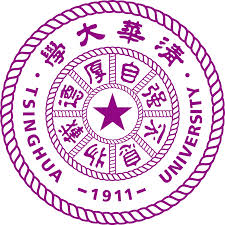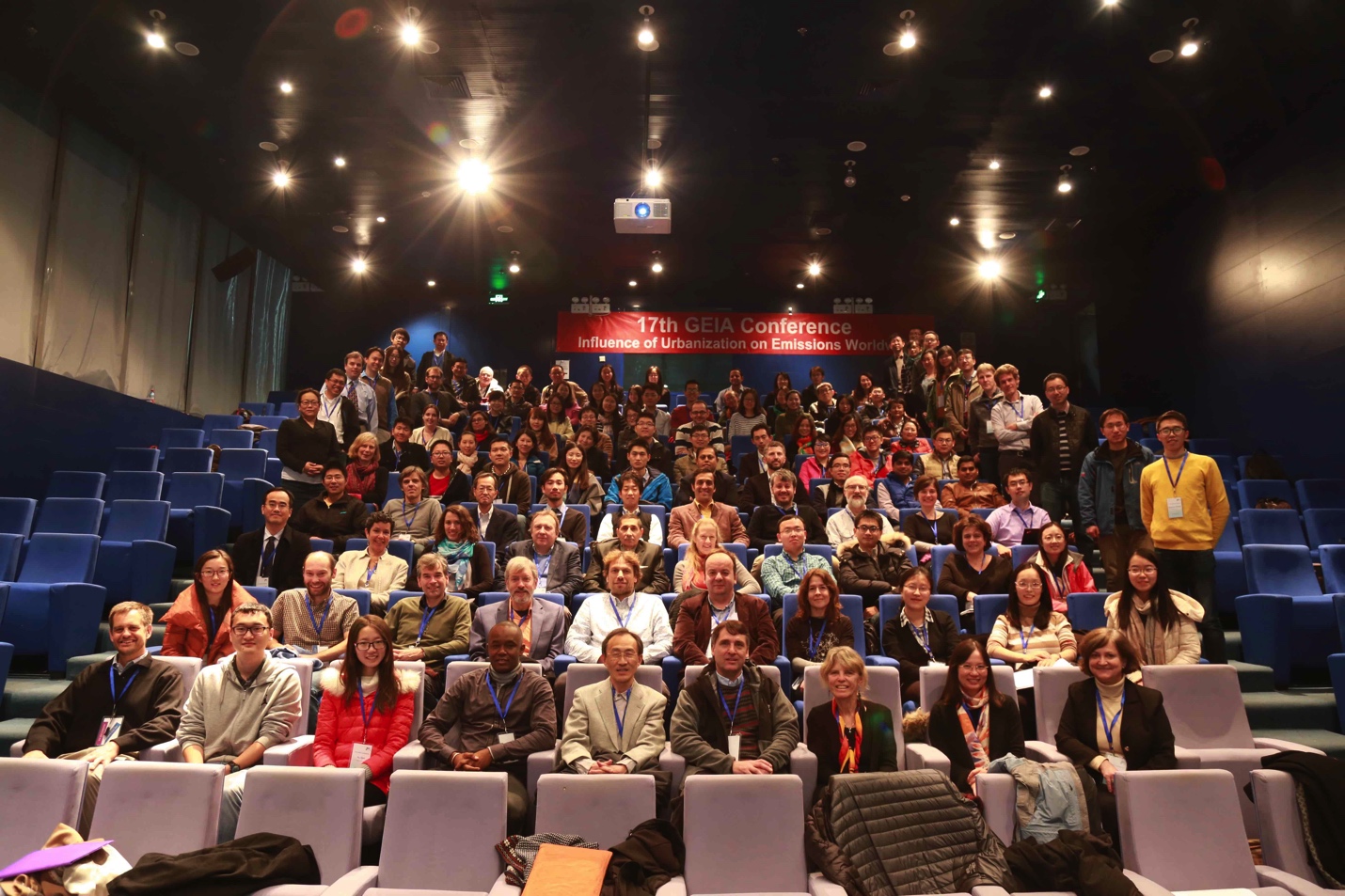GEIA 2015 Conference
Title
17th GEIA Conference - Influence of Urbanization on Emissions Worldwide
Date
18-20 November 2015
Location
Tsinghua University, Beijing, China
IGAC Sponsored or Endorsed
IGAC Sponsored
Authors
Gregory Frost, National Oceanic and Atmospheric Administration (NOAA), USA
Paulette Middleton, Panorama Pathways, USA
Leonor Tarrason, Norwegian Institute for Air Research (NILU), Norway
Qiang Zhang, Tsinghua University, China
Yuxuan Wang, Tsinghua University, China
Host Institutions

Funding


ZHB = Chinese Ministry of Environmental Protection
Participants
Austria, Azerbaijan, Bangladesh, Chile, China, Cuba, France, Germany, India, Italy, Japan, Korea, Mexico, Nepal, Netherlands, Norway, Pakistan, South Africa, Taiwan, Turkey, United Kingdom, United States
Background (Megan will write this section unless you want to say something specific here)

Conference Summary
One hundred and sixty scientists representing 22 countries and regions recently gathered at Tsinghua University in Beijing, China, for the 17th Conference of the Global Emissions InitiAtive (GEIA), which focused on the Influence of Urbanization on Emissions Worldwide. GEIA, a vibrant international scientific activity for 25 years, has three goals: 1) promoting broad and consistent access to global and regional emissions data; 2) improving the scientific basis of emissions information by enhancing analysis of emissions processes; and 3) strengthening the global community of emissions stakeholders.
The 3-day Conference included presentations organized around four themes: Megacities, Inventories & Trends, Top-Down Emissions Analyses, and Impacts & Scenarios. Several oral sessions on each theme combined short (5- or 10-min) talks on similar issues or regions, along with poster sessions that expanded and elaborated on each theme. Each oral session was followed by a question-&-answer panel of the speakers guided by a set of key questions, leading to extensive discussions that were a highlight of the Conference. A Town Hall breakout session allowed participants to discuss the interplay between emissions science and environmental policy, identifying pressing issues regionally and globally for which GEIA’s active participation might help produce better emissions information and stronger science-policy connections. The Conference also provided a venue to demonstrate emerging capabilities for displaying and analyzing emissions data (ECCAD) and for building global emissions inventories (CEDS).
The Conference highlighted the successes of the GEIA community and its Working Groups (WGs), while also demonstrating where progress is still needed. Since the 16th GEIA Conference in 2014, a number of new process-based “bottom-up” inventories are now available, particularly for rapidly developing parts of the world. The GEIA China WG has motivated many high quality emissions studies in China and is coordinating their work with other countries across East Asia. Similarly, GEIA’s Latin America/Caribbean (LAC) WG is aggregating urban- and national-level information with the goal of working towards a LAC regional inventory. The Conference also showed that there is a need for additional information on local practices, underscoring differences between established inventories in developed regions and the evolving inventories in developing nations. Good examples of quantifying local practices were demonstrated with current work in Mexico, Nepal, India, and South Africa.
“Top-down” emissions efforts that use atmospheric observations and modeling have proliferated across the globe. The Conference demonstrated many examples of top-down evaluations of new and existing bottom-up inventories, and also how top-down approaches can lead to new inventory development. For example, GEIA’s Volatile Organic Compound (VOC) WG is using observations from many areas across the globe to examine and improve the VOC speciation used in global and regional models. Similarly, the China and LAC WGs are exploiting top-down approaches to constrain inventories in their regions.
The Conference brought into focus some challenges for the GEIA community to tackle in the coming years. While there have been some successes constraining overall emissions in megacities with top-down estimates, there is still an urgent need for reliable and sustained source measurements in the world’s urban areas. These observations can help quantify how various sectors contribute to the city’s total emissions, demonstrate how environmental policies affect emissions, and aid in assessing the environmental implications of urban planning. Understanding these issues will be a primary focus of the nascent GEIA Urban WG.
Similarly, satellites offer exciting opportunities to examine some key pollutants with near-daily frequency across the globe. However, currently only a few emitted compounds can be reliably detected from space, satellites have low boundary-layer sensitivity for some of these compounds, and space-based observations are not direct measures of atmospheric abundance. Integration of satellite data with comprehensive aircraft campaigns, surface and tower observations, and atmospheric modeling is a critical task that many in the GEIA community will continue to investigate.
More information is needed on the chemical species produced from a variety of sectors worldwide. One key example is NH3 emitted from agriculture, where process-level understanding and reliable observational approaches continue to evolve. These studies are critical to understanding the coupling between population growth, food supply, and their implications for the environment.
The Conference also showed the need for a consensus on how to quantify and report uncertainties in emissions datasets. Opportunities exist for GEIA members to aggregate information gathered from top-down studies and to assess the usefulness of emerging approaches, such as inverse and adjoint modeling, to inform and constrain emissions datasets.
More details of the Conference findings can be found in the presentations and other materials from the meeting, available at http://www.geiacenter.org.
The Conference demonstrated the similarities in the concerns and issues for developing the best emissions information around the world. In the years ahead, GEIA will continue its mission to improve emissions understanding in dealing with issues from megacity air pollution, regional and international air quality, and long-term climate change.

17th GEIA Conference Participants

Beijing, China